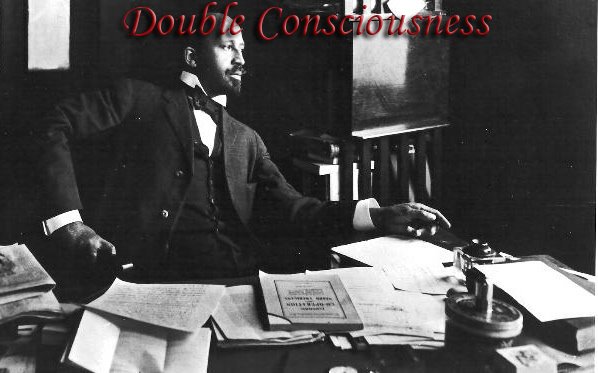 Last month I was assigned to take pictures (my pics were in the paper, don't know why they're not online yet) at Thurgood Marshall High School over in the lower class (and predominantly Black) San Francisco neighborhood known as Bayview. A group of students at San Francisco State University take part in Industrial Design Outreach and try to outreach to lower class youth to show them that they could have viable and healthy careers as an industrial designer. One of the students who is apart of the team has a father who helped donate computers to the high school and has been a community activist for Bayview (and Hunters Point) for many years.
Last month I was assigned to take pictures (my pics were in the paper, don't know why they're not online yet) at Thurgood Marshall High School over in the lower class (and predominantly Black) San Francisco neighborhood known as Bayview. A group of students at San Francisco State University take part in Industrial Design Outreach and try to outreach to lower class youth to show them that they could have viable and healthy careers as an industrial designer. One of the students who is apart of the team has a father who helped donate computers to the high school and has been a community activist for Bayview (and Hunters Point) for many years.As I was going around taking pictures I saw a young Black kid mulling over a design he was doing for a t-shirt. I got closer to see what he was designing and to see if he needed any help with Adobe Image Ready since I use Adobe Photoshop a lot. When I saw what he was drawing my heart dropped, all though I wasn't wholly surprised and I wasn't blaming him for thinking the way he was thinking, especially coming from a lower class neighborhood and being Black (that's already two strikes against him in mainstream society's eyes).
What I saw was this. He had basically drawn a classic American muscle car with some nice silver rims and tinted windows. The car was rolling down the street, but the street wasn't paved with asphalt, it was paved with $100 bills.
It was sad to see a young Black man worshiping commodities like he was and worshiping money like he was, yet I do understand why he drew what he drew. The media is saturated with images of wealth and commodities. The music videos kids see these days all filled with commodities (women are even commodities in these videos), such as diamonds and other assortments of "bling," alcohol, yachts, mansions, pools, designer urban wear, and of course the ultimate commodity (the unifier of commodities) money. Growing up in a high crime low income neighborhood also doesn't help. With the media so saturated in money (music videos, TV shows, etc.) one begins to feel like an outcast and one begins to feel ashamed of her or his class and/or race. Even sitcoms involving Black people mostly involve Black people who are in the upper class (The Cosby Show, The Bernie Mac Show, Girlfriends, etc.) and never show lower class Black folk in a positive light (they always show lower class Blacks in situational comedies, almost never in dramas, except police dramas of course).
This worshiping of money and being left out of the mainstream has a huge effect on residents in Bayview-Hunters Point and Visatacion Valley (residents in upper Vis Valley have the distinction of living in run down army barracks as public housing). The homicide rate is huge, in 2005 there were 96 homicides with a majority of those homicides being concentrated in that one area in southeastern San Francisco. Oakland had similar numbers as well with a smaller population. The homicide rate hasn't changed all that much since 2005.
Most of this violence is Black on Black gang violence and has heavily to do with money and turf. This young kids are killing each other to accumulate more and more capital in order to buy the things they see on TV because many of them know (consciously or unconsciously) that it's nearly impossible to actually achieve the amount of wealth they want to, especially with it being harder to actually clime up the economic ladder than it was in the 1970s(1) and especially being Black.
All of this and more is what was swirling through my mind when I saw what these young man was designing. And it was all the more heartbreaking because I knew there was little I could do to help break years and years of psychological and class false consciousness that has been ingrained within him.
Notes
1. I remember reading that specefic statement in a New York Times series on class. I'll try and find the article for a future post.
Image From:
Bling.com
Image From:
Bling.com



1 comments:
Excellent post and I think its a good time for all of us to think about the images we allow to brainwash our communities.
Post a Comment